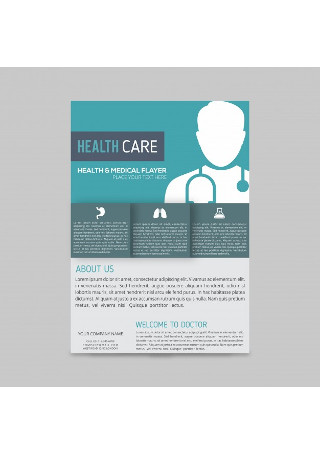Brochures are not required to always look vibrant, festive, and fun. There are actually brochure documents that are specifically developed to look formal and business-appropriate. If you want to…
continue reading
25+ Sample Advertising Brochures
-

Marketing and Advertising Trifold Brochure
download now -
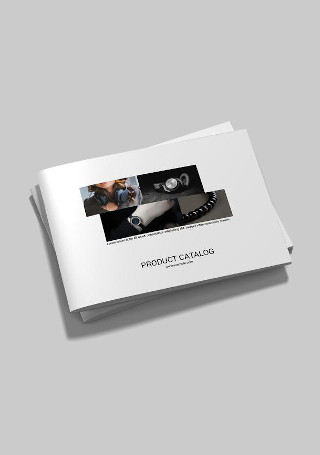
Product Catalog Brochure
download now -
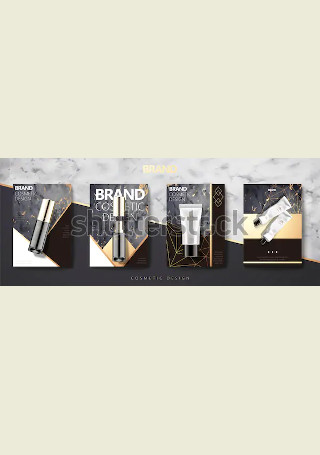
Cosmetic Product Brochure
download now -
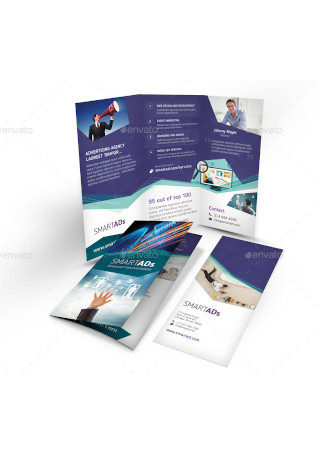
Advertising Trifold Brochure
download now -
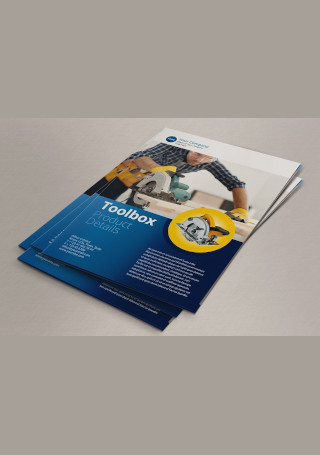
Product Service Brochure
download now -
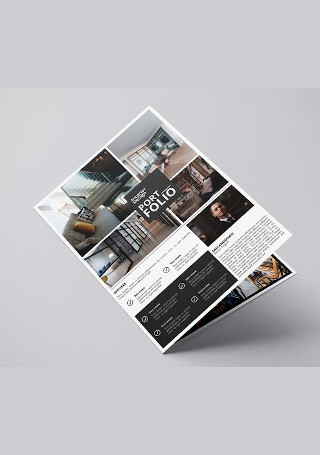
Interior Design Brochure
download now -
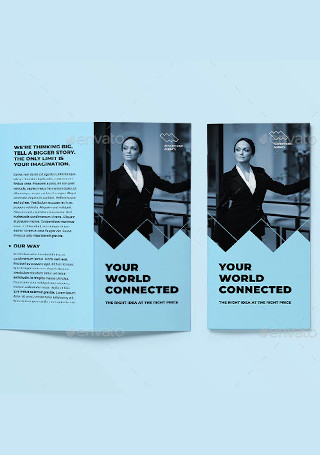
Advertising Consultant Trifold Brochure
download now -
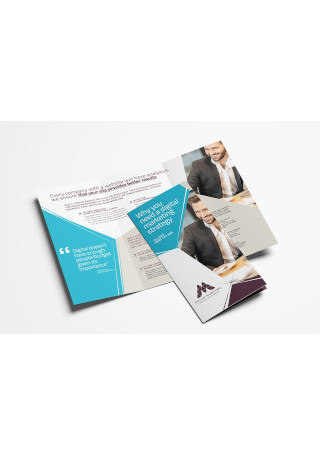
Digital Marketing Tri-Fold Brochure InDesign
download now -
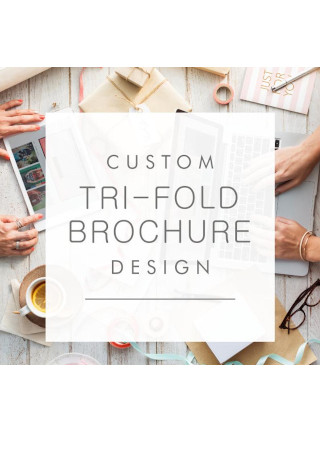
Tri-fold Brochure Design
download now -
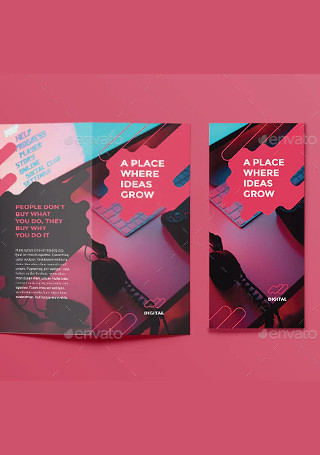
Digital Advertising Agency Trifold Brochure
download now -
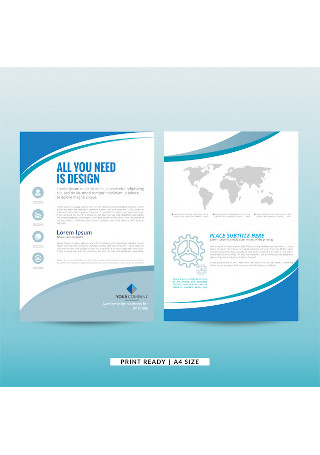
Modern Marketing Brochure
download now -
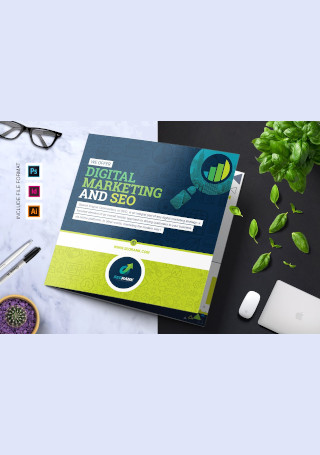
Digital Marketing Brochure
download now -
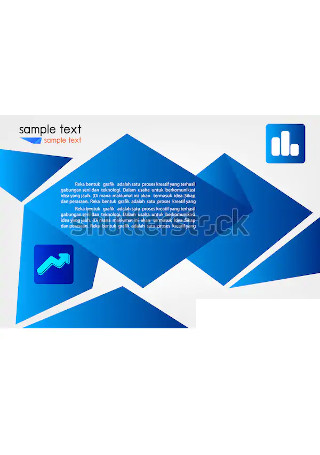
Blue Vector Business Marketing Brochure
download now -
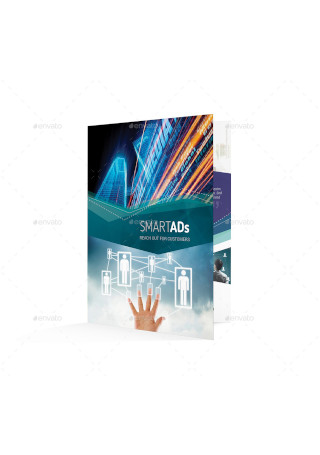
Advertising Bifold Brochure
download now -
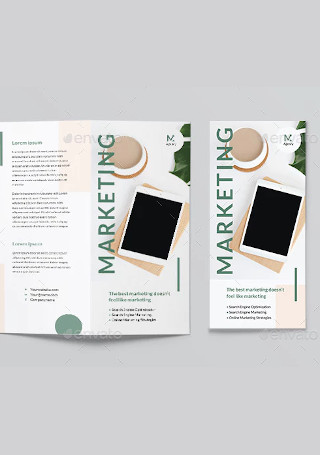
Marketing Agency Trifold Brochure
download now -
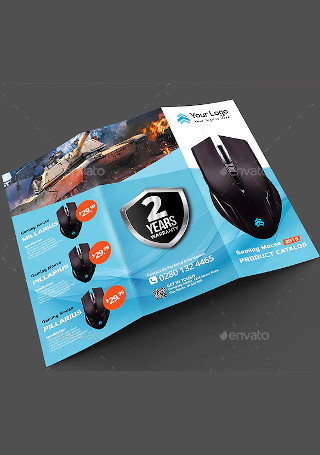
Trifold Product Brochure Template
download now -
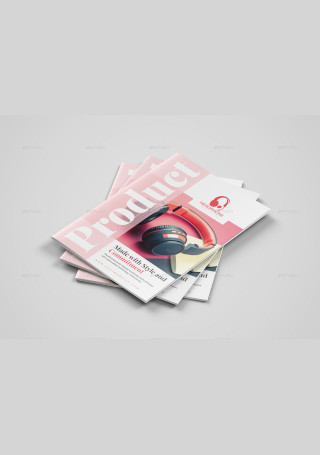
Product Brochure InDesign
download now -
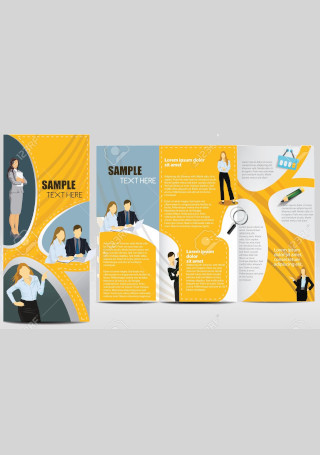
Classic Advertising Brochure InDesign
download now -
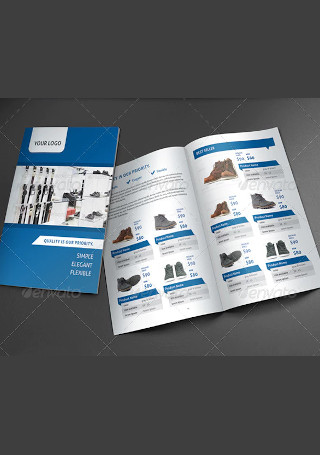
Product Brochure In Vector EPS
download now -
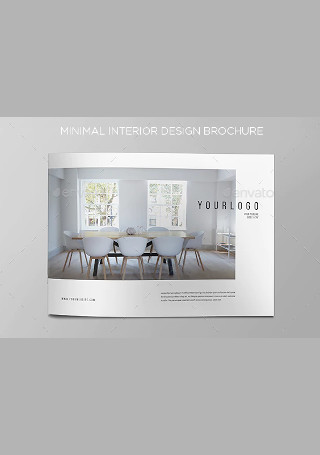
Minimal Interior Design Brochure
download now -
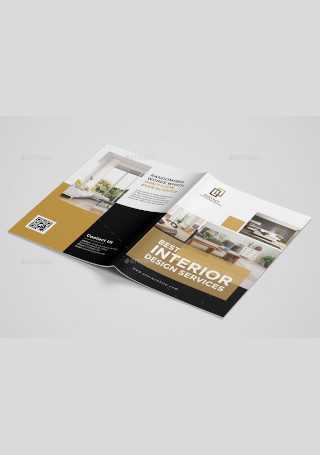
Classic Interior Design Brochure
download now -
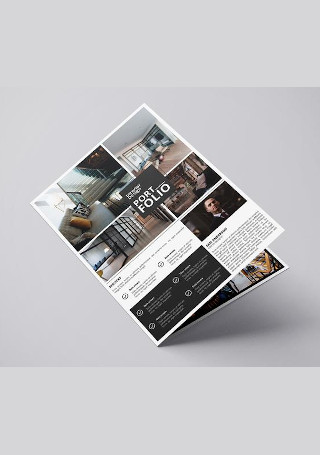
Modern Interior Design Brochure
download now -
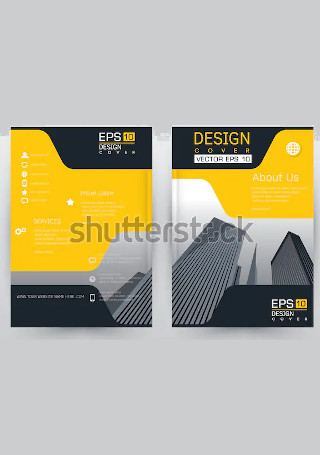
Creative Design Brochure
download now -
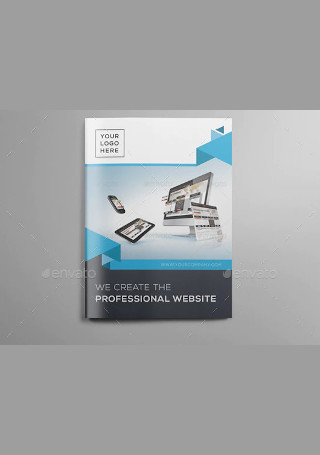
Website Design Brochure
download now -
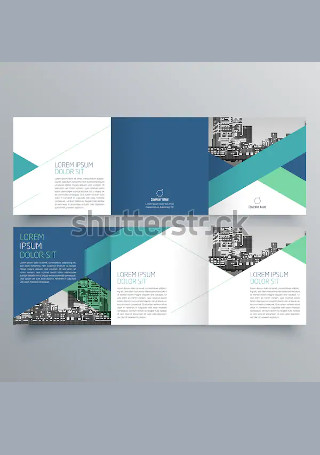
Retro Design Brochure
download now -
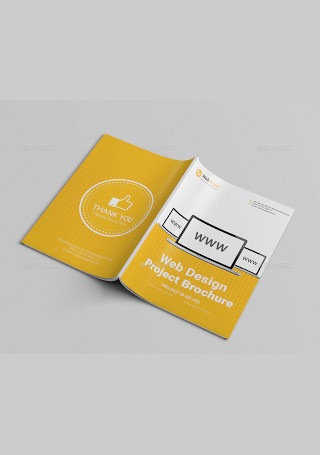
Web Design Brochure in Vector EPS
download now
Excellent Usage of Brochures in Advertising
An advertising brochure should be compelling enough for you to persuade your target audience to trust you. If you want to use a brochure for your advertisements and other advertising-related efforts, it is important for you to look into the quality of your output so you can get the most returns out of your investments. Using an advertising brochure can help you in so many ways especially when it comes to publicizing your brand and your products. Knowing how you can maximize the usage of an advertising brochure can enable you to get the attention that you need so you can become more memorable, sustainable, and successful.
The field of advertising will require you to be creative. Hence, your advertising brochure should be visually pleasing and impressive. It is essential for your advertising brochure to appeal to your clients and leads so they can be more interested in looking into every detail or content that can be seen in the advertising material. With this, you need to develop a design idea that can surely be well-received by the people whom you would like to connect and transact with. If you can successfully get the approval of these entities, it will be easier for you to sell your products and services since you have already exemplified an excellent advertising effort, to begin with.
Your advertising brochure can be multi-purpose. Aside from advertising your business and the image that you would like to portray and be associated with, the specified advertising tool can also be used to promote and market your products and services. Listing a lot of relevant information in your advertising brochure and presenting these in an organized manner can enable you to better your brand and the perception of your target audience towards it. Are you now ready to create an advertising brochure that is aligned with the advertising goals and objectives of your business? Use this discussion as well as the listed references below to your advantage so you can have an advertising brochure that can contribute to the advertising successes of your company, establishment, or organization.
How to Market Your Business in an Advertising Brochure
Advertising your business with the help of brochures can be very useful in terms of improving your presence in the marketplace. More so, business marketing through brochure usage can make it easier for you to sell your products and services since a lot of people are already aware of the quality and description of what you offer. Having an advertising brochure can also give an idea about your business to those who are interested to purchase your products or get your services. Here are ways on how you can market your business with the usage of your advertising brochure:
Effective Product Presentation in an Advertising Brochure
As we have mentioned above, advertising brochures are not only created for the marketing of your business alone. The specified advertising tool can also be used to present your products especially to those entities who can highly benefit from what you are offering in consideration of their lifestyle and activities. Do you want to know how you can successfully execute your product presentation strategies? Some of the ways on how you can effectively present your business’ products in an advertising brochure include the following:
How to Properly Design an Advertising Brochure
Your advertising brochure content matters a lot. However, it is not the only element that you should give your focus on. You also have to look into the visuals of your advertising brochure since a lot of people become interested to get their hands on brochures if they are intrigued by or drawn by the document’s design. If you are already thinking of making your own advertising brochure, here are the things that you need to do so you can properly design it:
7 Steps for Developing an Outstanding Advertising Brochure
Your advertising brochure is a representation of your business brand. You need to make sure that the advertising brochure that you will release and give out can reflect your standards, your image, and your business core. If you want to have an impressive advertising brochure, it is important for you to focus on each of the steps that you will take; from the planning up to the polishing stages of the specified advertising tool. Are you ready to make your own advertising brochure? Below is a seven-step process guide that can help you develop an outstanding advertising brochure.
Benefits of Having an Impressive Advertising Brochure
Using an advertising brochure can be advantageous to your business only if you will be strategic with how you will optimize the potential of the document. Aside from this, it is also important for you to have an idea on how you can develop the content and visuals of the advertising brochure in the best manner. If you can create an interesting advertising brochure, you can most likely get a lot of advantages that can help you promote and market your business with ease. Some of the benefits that you can get out of using an impressive advertising brochure include the following:
Do’s and Don’ts When Creating an Advertising Brochure
There are certain things that you have to consider and be reminded of if you want to create an advertising brochure. By now, you have to be aware that not all advertising brochures can work for your advantage. If you will create a mediocre advertising brochure, you cannot maximize the benefits that you can get from it since the document is poorly made, to begin with. You have to know the things that you must avoid as well as the things that you should give focus on so you can have an effective advertising brochure that will not disappoint you and your stakeholders. A few of the tips that you can make use of as you create the best advertising brochure for your business are as follows:
Advertising Brochure FAQs
A lot of questions are asked when it comes to the creation of an advertising brochure. Also, there are many people who are interested to know a lot of strategies that can enable them to fully utilize the advertising brochure that they have made. Asking questions related to advertising brochures is essential especially if you want to have a wider perspective towards the document’s usage. Here are two of the frequently asked questions about advertising brochures:
What can you put in an advertising brochure?
There are a lot of things that you can include in the content of an advertising brochure. The items that you will put in the brochure that you will use for advertising purposes can actually be based on several matters, factors, and elements. First, you have to know what you will advertise. It is also important for you to identify the focal point of your advertising message so you can benefit a lot from the efforts that you will exert when promoting or marketing your business as well as your products and/or services. Aside from presenting your brand and your offers, and advertising brochure can also include announcements for product launches and new releases, invitations for events that you will organize, and presentations of your business activities and your supported advocacy and programs. For you to have an effective advertising brochure, you need to know how to look into the scope and limitations of the content that you will put in it. Being able to master this can enable your business to have a relevant, timely, informative, and interesting presentation that can help you make the most out of your advertising efforts.
How can you design an advertising brochure accordingly?
For you to be able to design your advertising brochure accordingly, it is essential for you to have a prepared design theme in mind. If you have already envisioned the overall look of your advertising brochure, it will be easier for you to collect or gather all the design elements and materials that you need for you to realize the design theme that you want to incorporate in the advertising brochure’s visuals. Aside from this, you also need to know how to cohesively and effectively put all of your design items together so you can create a balanced, well-developed, and organized advertising brochure. Lastly, consider the layout and features of the advertising brochure so you can strategically plot the placement of your designs. With all of these guidelines, you can already mindfully come up with ways on how you can design your advertising brochure in the most effective way possible.
Are you already planning to create an advertising brochure that is fit your advertising needs? Try to check out any of the downloadable samples, templates, and other document guides that we have listed above so you can get your hands on effective references as you make your desired advertising brochure. Select the best advertising brochure template or sample to refer to for you to be well-guided during the entirety of your own business’ advertising brochure creation.

